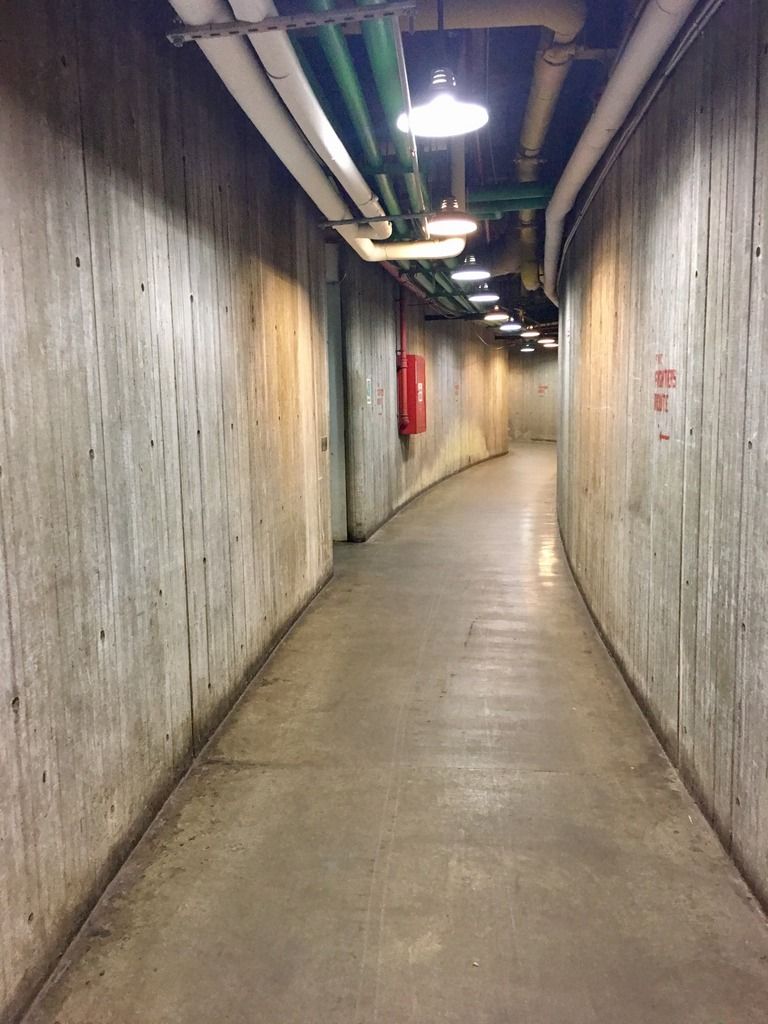Unfortunately, suicides aren't uncommon at a
ny psychiatric hospital. I wouldn't be surprised to learn there were suicides in the decades the Lindemann was used as a state hospital either (though I don't know of anything specifically). But a dramatic suicide on the alter in the chapel absolutely never took place. That's the type of sensationalism that people eat up when it comes to people with mental illness (think of every haunted house theme ever); even though it's rarely true.
This is true. But it hasn't been an active, acute inpatient facility since long before this article was written.
The bolded is accurate. I don't know that I've met anyone I'd call "bedraggled" in the building; but regardless, it has nothing to do with the architecture and that's my point. That's the inherent problem I have with the article. It seems to latch onto some of the most Halloweeny stereotypes of the mental illness/the mentally ill and pin some the responsibility for the perceived challenges these individuals face on the architecture of the building. It even makes some pretty bold claims (i.e. suicide in the chapel) without providing any sources to substantiate those claims. It's a fascinating building and it's fascinating without any of the dramatic tales of the mentally ill.
Anyway, one of my favorite places in the building- the corridor that doesn't seem to end:

